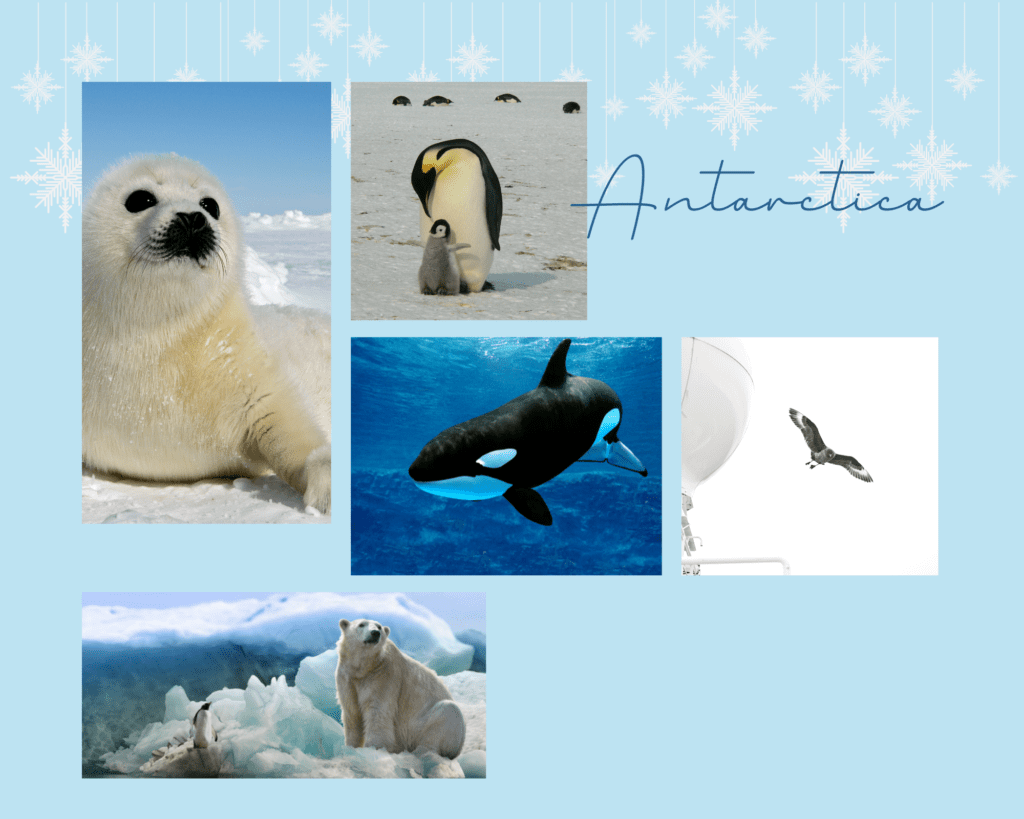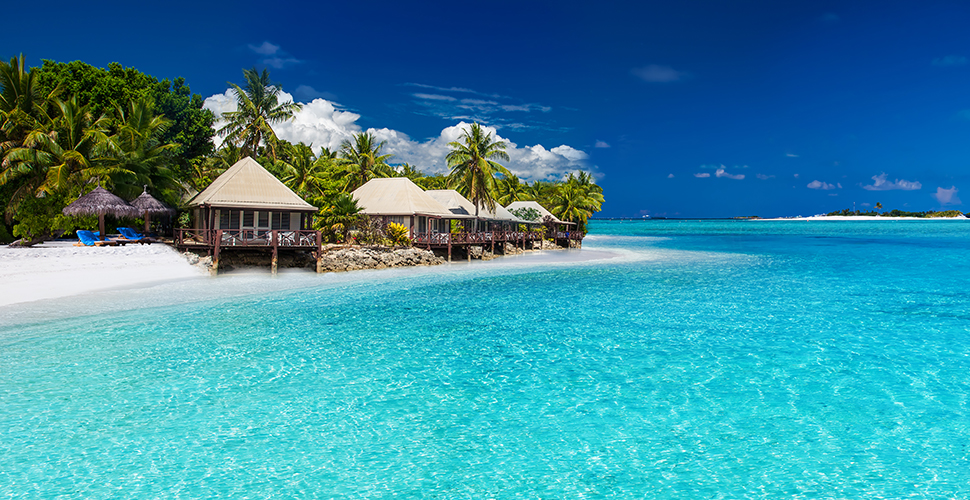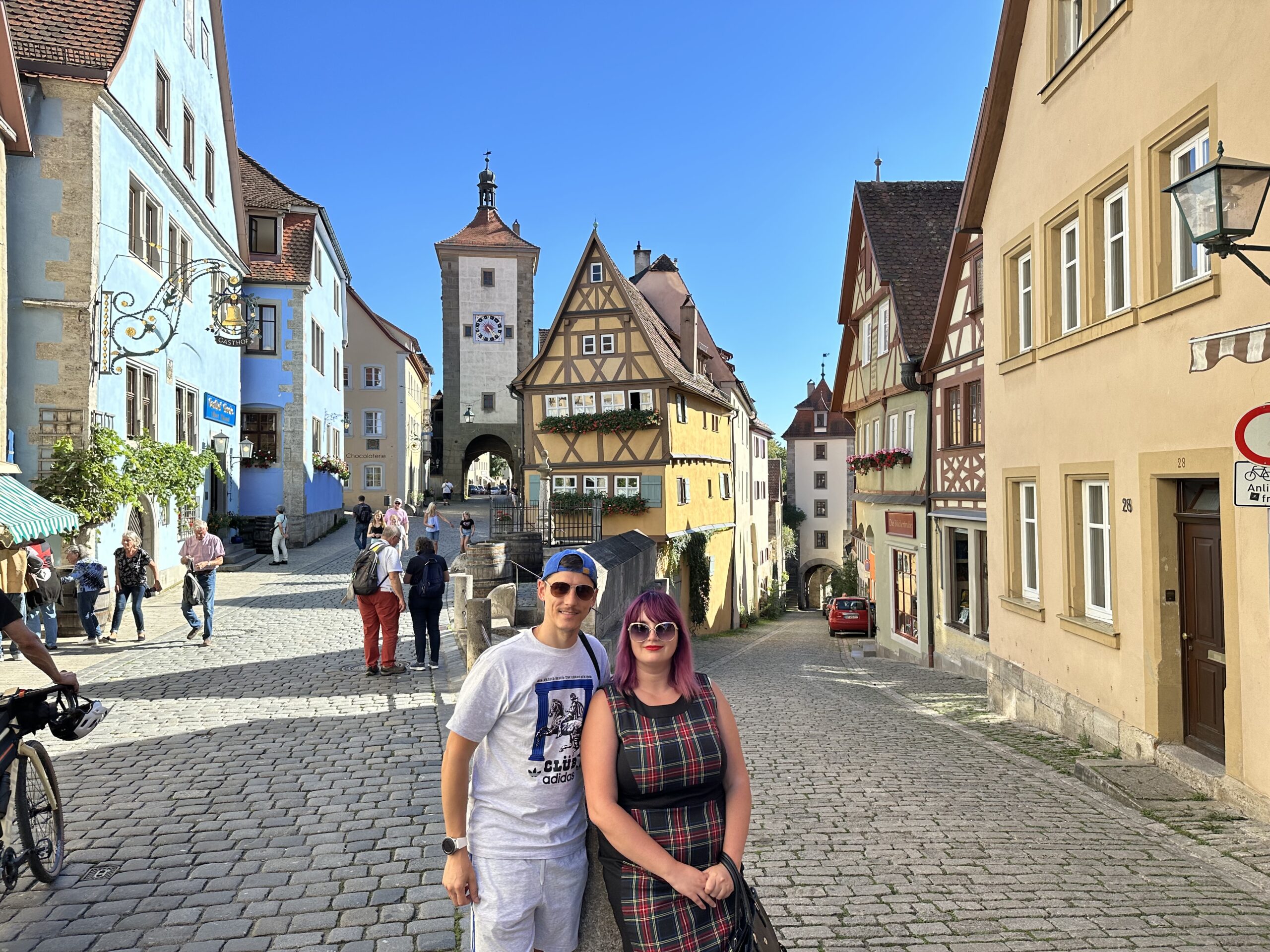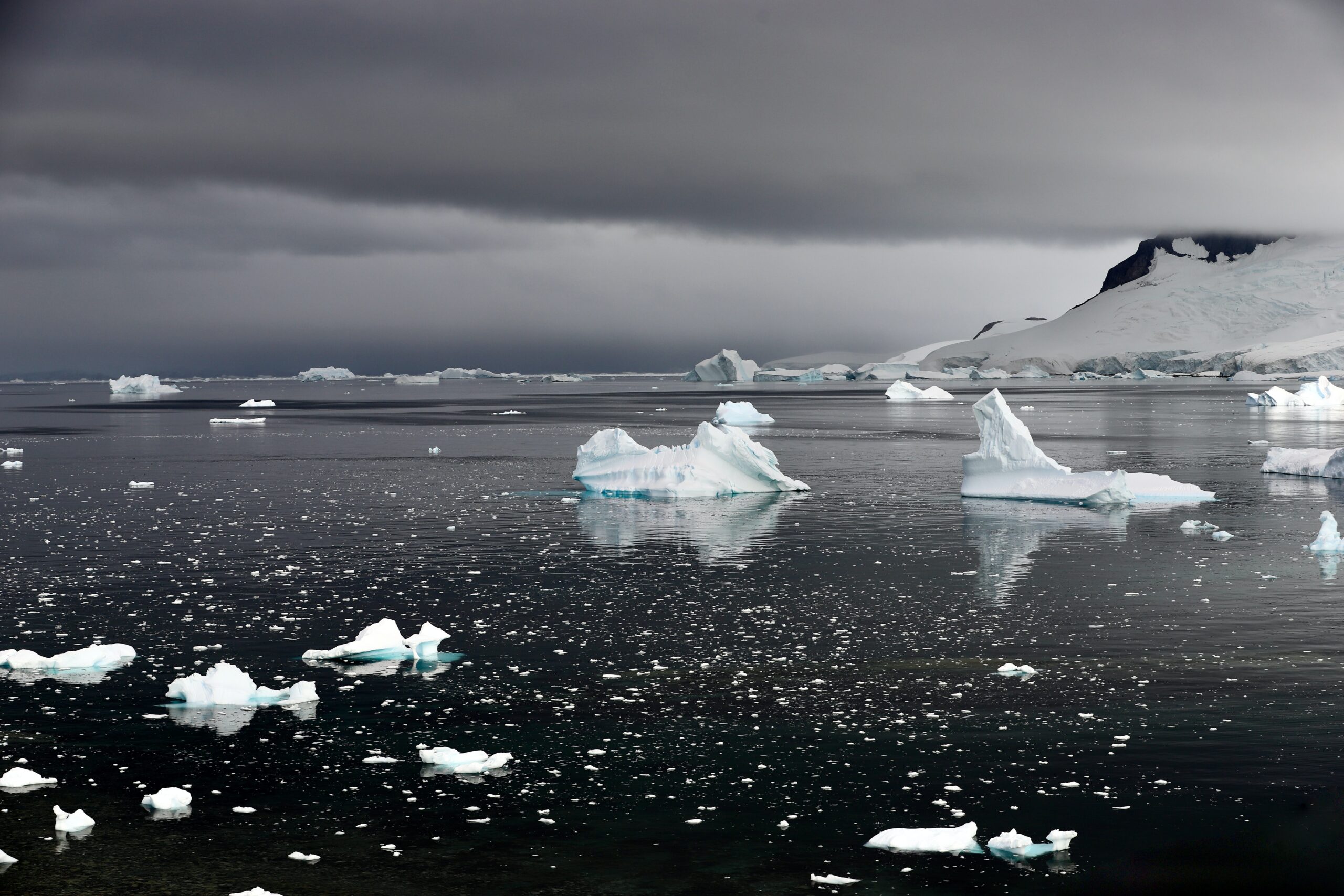
Antarctica – The Ice Kingdom, Cruises To The Antarctica
Antarctica – The Ice Kingdom, Cruises To The Antarctica
We hope to show you this stunning continent’s natural beauty, but you can also find the greatest Antarctic cruises by reading our article.
The South Pole is situated on Antarctica, the planet’s southernmost continent. It is frequently identified in ordinary discourse with the Antarctic, where it is located. The Antarctic continent and the southern continent are some other names for it. The Antarctic ice sheet covers practically all of Antarctica, which has a land area of around 14 million square kilometers. Geographically, West Antarctica and East Antarctica are distinguished from one another.
Terra Australis (“southern land”) was the name given to the long-suspected presence of an undiscovered southern continent. Its potential location was restricted to the high southern latitudes after Abel Tasman and James Cook’s discovery of the South Pacific, New Zealand, and Australia in the 17th and 18th centuries.
However, it was impossible to investigate this area for a long time due to the Southern Ocean’s pack ice and the harsh weather. The truth that the heart of the southern polar region—for which Antarctica was named—actually comprised land with continental size was not revealed until the end of the 1800s.
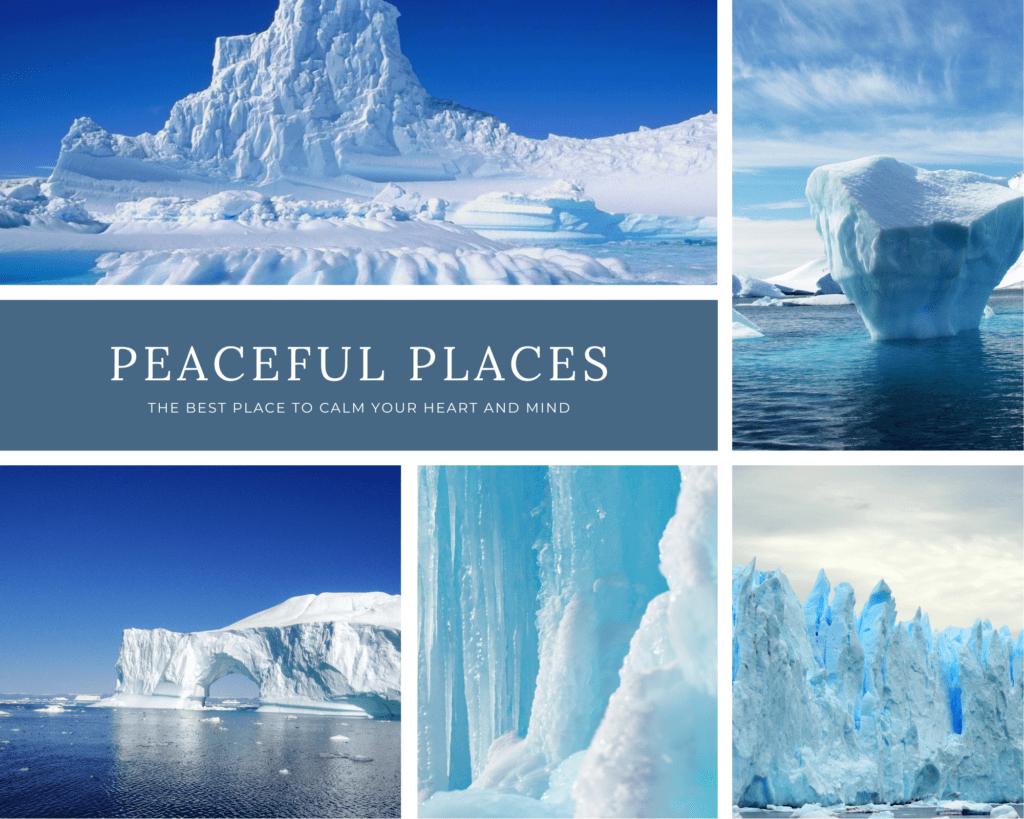
Antarctica ice sheet
The Antarctic continent’s nearly total frozen state is its most obvious characteristic. The greatest ice mass on Earth is the Antarctic ice sheet. The ice sheet, which may reach a thickness of 4500 meters, contains around 90% of the world’s ice and 70% of its freshwater supplies. Right now, Greenland is the only place on Earth where there is a comparablely vast expanse of ice.
Due to the massive weight of the ice masses in the earth’s crust, Antarctica fell when its ice sheet developed a few million years ago. The land is predicted to rise once again when the ice melts. At the same time, the sea level would increase by almost 61 meters if it had melted fully.
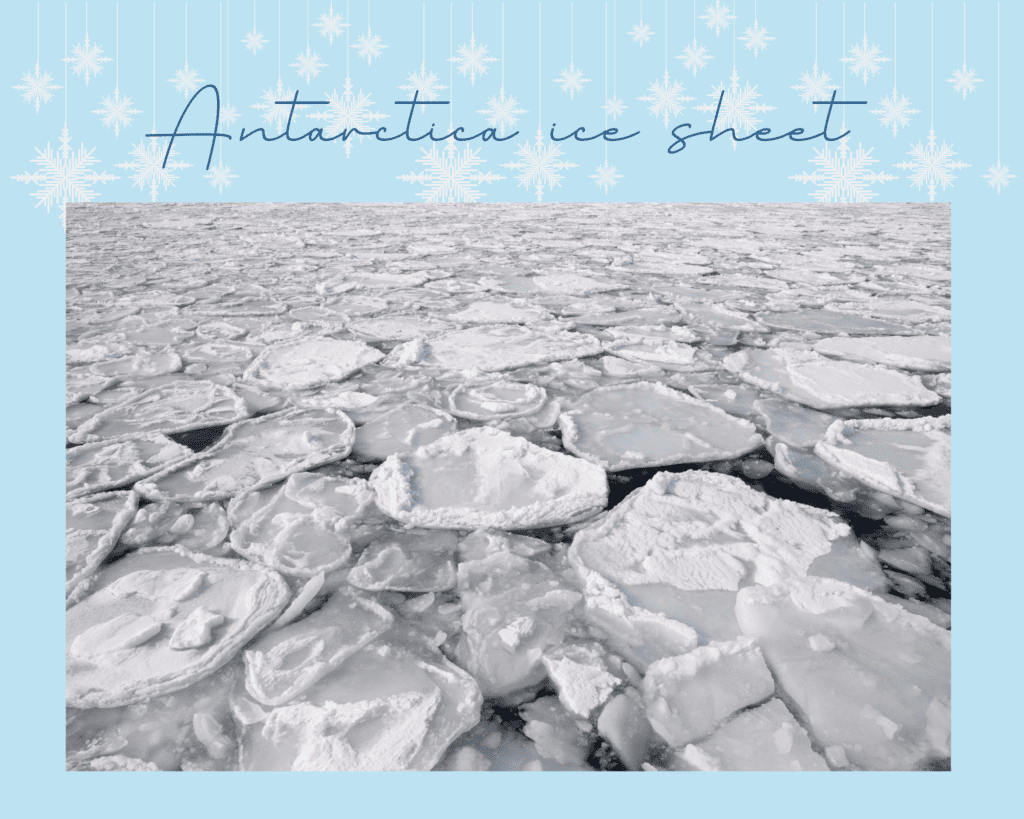
"Land" under and over the sea
This isostatic land elevation map of Antarctica without ice accounts for both the rise in sea level brought on by ice melt. It provides a glimpse into the appearance of Antarctica 35 million years ago, prior to the formation of the massive ice sheets.
Since freshwater ice covers the majority of Antarctica’s land area, the region is recognized as a component of the continent. Although a large portion of Antarctica is below sea level, it is still regarded as part of the continent because it is covered with ice up to that point.
The continent’s shape would not resemble what is typically depicted without the ice cover. The Antarctic Peninsula, Marie Byrd Land, and the Vinson Massif would comprise the three main regions that make up West Antarctica. A land mass with enormous bays and fjords, such as those at what is now Amery Glacier and Wilkes Subglacial Basin, and beneath the South Pole, would make up East Antarctica. Numerous lakes and inland seas, some of whose bottoms stretch well below sea level, dot the East Antarctic land mass.
Lakes under the ice
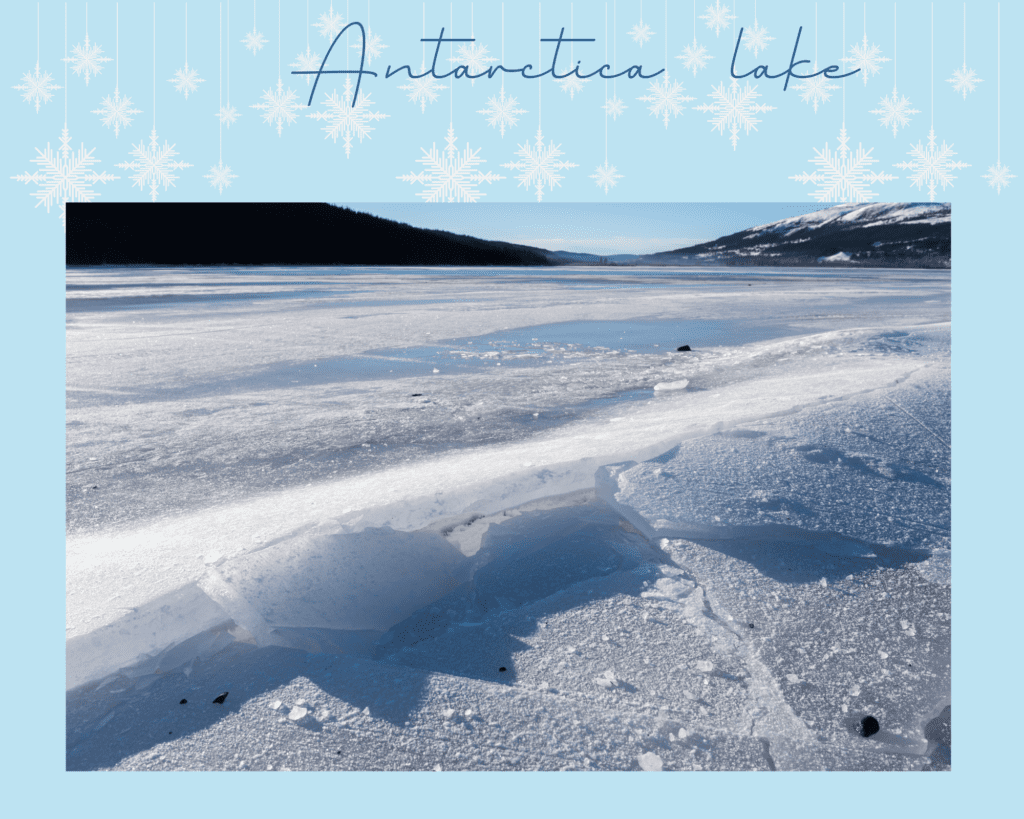
Subglacial lakes are lakes in Antarctica that have liquid water beneath the ice. Fresh water makes up the majority of these. A space-based radar image (RADARSAT-1) of Lake Vostok. The lake’s ice is smooth to the touch. Over 150 subglacial lakes have been discovered to date. The largest of these is Lake Vostok, which was found close to the Russian Vostok station in 1996 using satellite photography. It is located 3700–4100 meters below the surface of the ice and is roughly 250 km long and 50 km wide. It can reach a water depth of up to 1200 meters.
Since the melting point of ice falls at high pressure, the reason the lake has not frozen despite its average temperature of -3 °C is the high pressure of about 30 to 40 megapascals beneath the ice cover. Furthermore, lakes characterized by partially frozen surfaces throughout the year, like Lake Fryxell, and hypersaline lakes, such Lake Don Juan, which has a salinity of more than 40%, are found in Antarctica.
Rivers
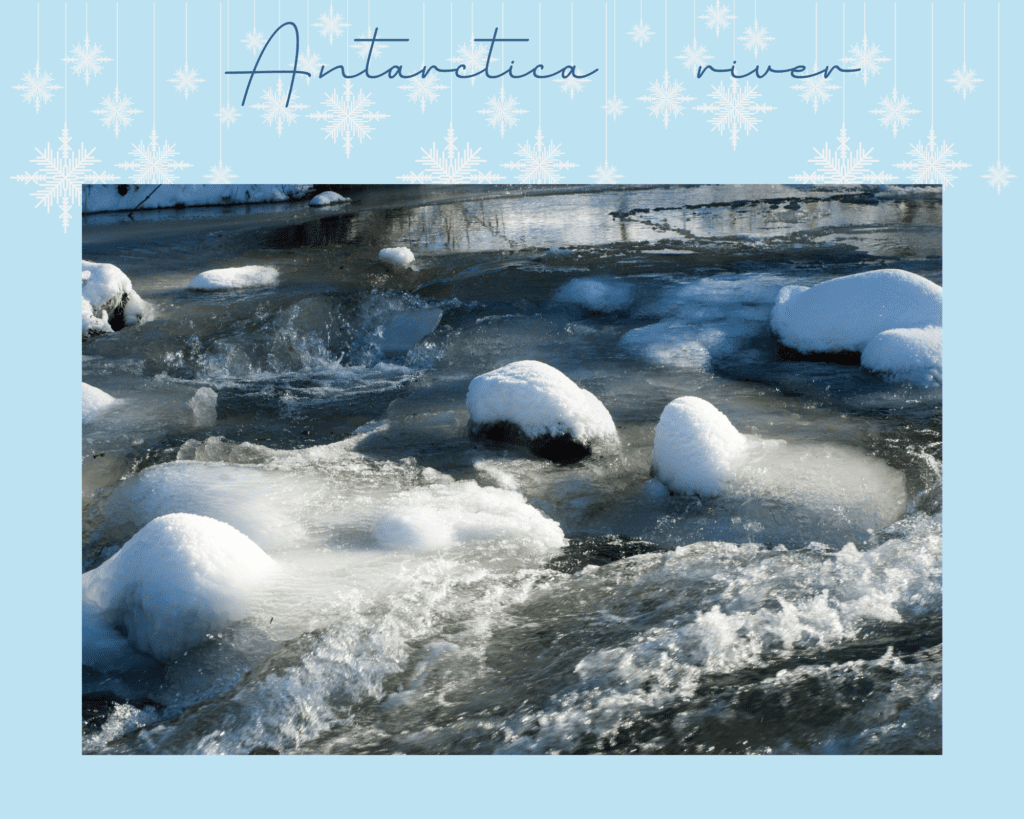
The vast absence of surface rivers in the Antarctic is another unusual feature of its geography. The Onyx, Antarctica’s longest river, is a meltwater river spanning 30 km and is only active during the late summer months of February and March. However, it was determined in 2006 that water transfer and pressure equalization are thought to occur between the subglacial lakes, which are thought to be connected by a network of subglacial rivers. There are sections of the subglacial rivers above and below sea level. The iron-rich hypersaline water from a subglacial lake is responsible for the red blood cases that were found in 1911.
Antarctic oases
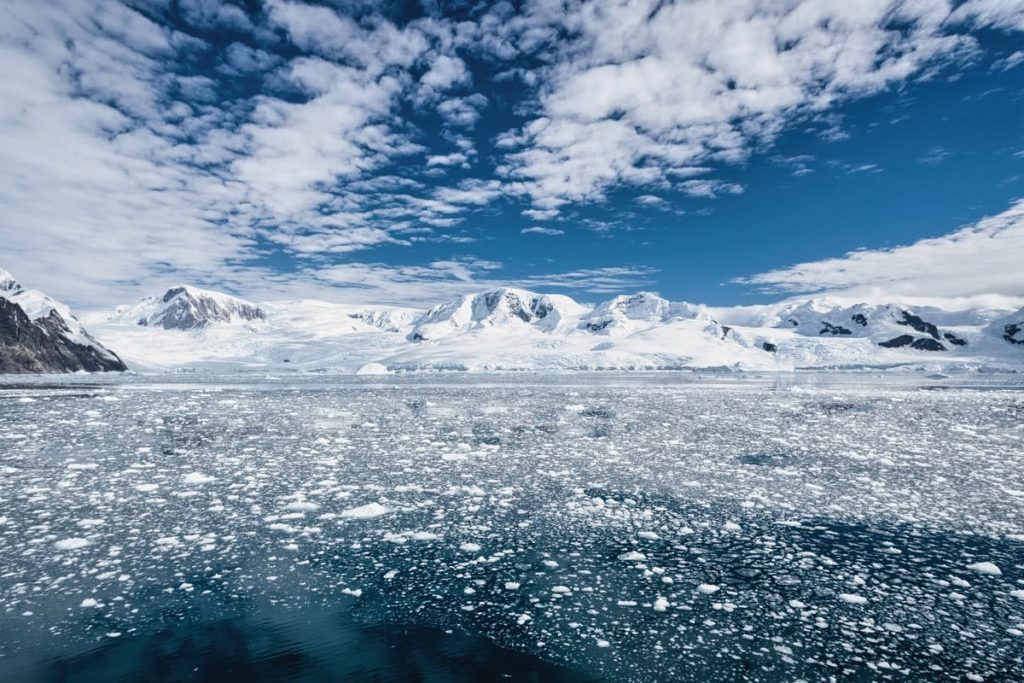
Antarctic oases are huge areas of Antarctica that are largely free of ice. The arid valleys of Victoria Land are the biggest oases in Antarctica. Freshwater lakes are common in stony Antarctic oases. It is possible to investigate the Antarctic flora and animals in these places. They are crucial for fossil discovery as well.
Glacier in Antarctica
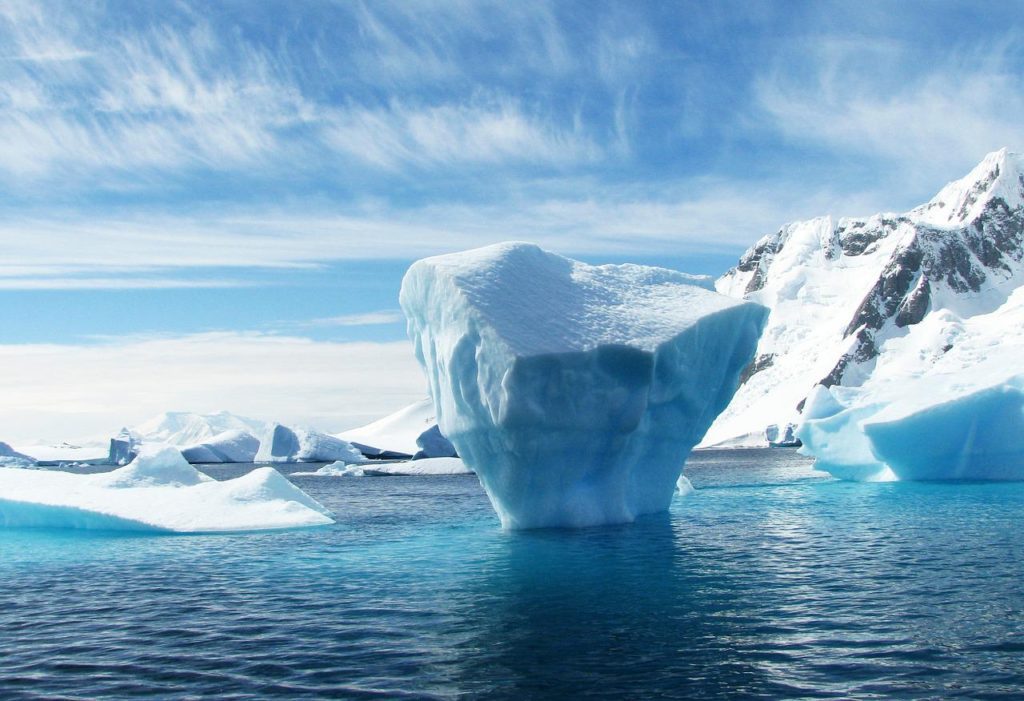
The Antarctic ice sheets are continuously advancing toward the Southern Ocean’s coast. There are places where the ice flows a lot quicker than it does in nearby places. We call these the ice rivers. They represent a unique variety of the glacier. The ice streams can reach lengths of several hundred kilometers, widths of several hundred kilometers, heights of two kilometers, and velocities of up to a thousand meters annually.
At the borders of the ice streams, shear forces act to deform and soften the ice. There, many fissures form. Although not all glaciers are ice rivers, the majority of them are in Antarctica. Glacier tongues (also known as “ice tongues”) can extend quite far into the sea where ice streams meet the ocean.
Flora and fauna
